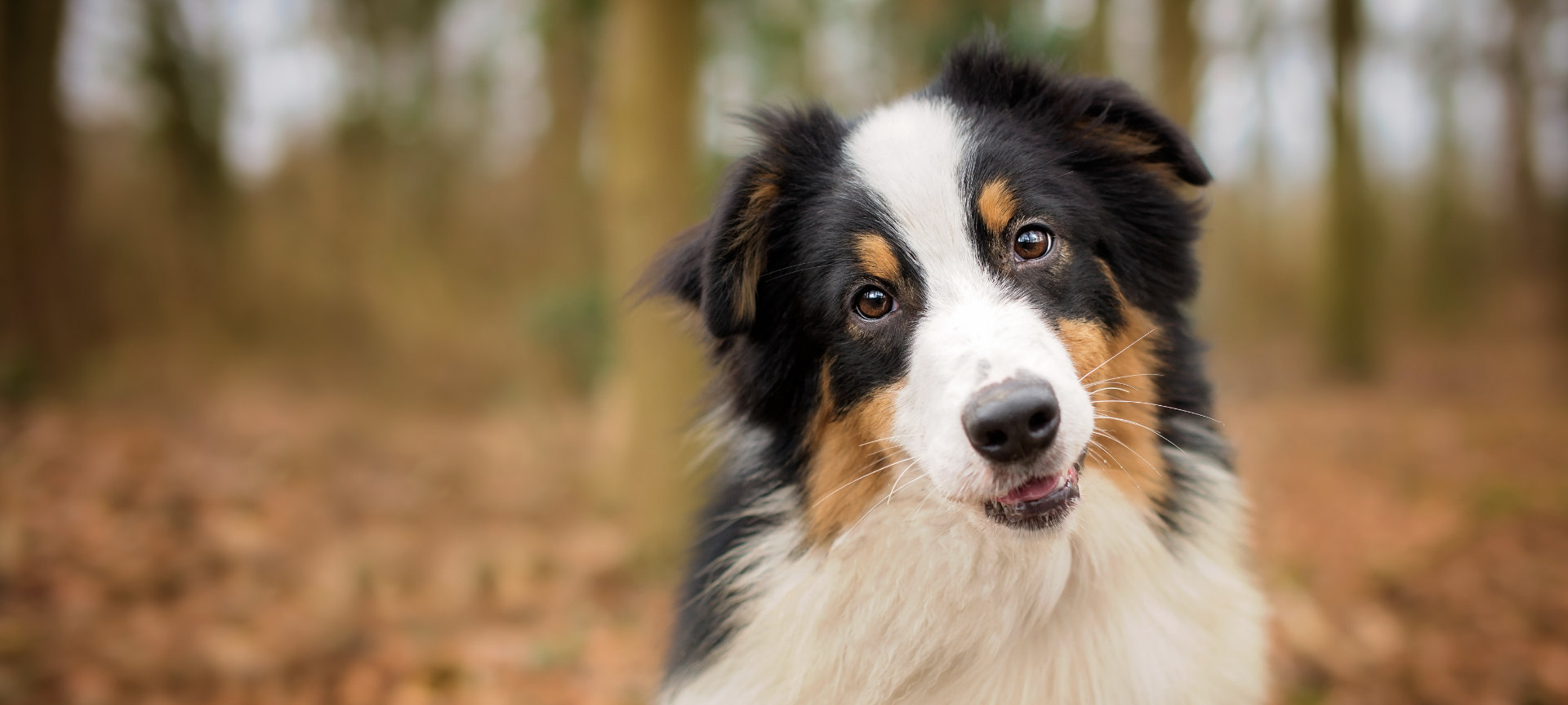
Services
Pet Dental Cleanings
Regular professional dental cleanings require anesthesia and are essential in maintaining your dog or cat’s overall health. This complete evaluation includes diagnostic imaging.
Canine Chronic Ulcerative Stomatitis (CCUS)
CCUS, formerly known as “CUPS,” is a disease of unknown cause. Clinical signs in dogs may include oral pain, foul breath, drooling, and ulcers.
Crown Restoration
Crown restoration is a two-step process. The first step occurs after root canal therapy during the first anesthetic episode by shaping the tooth to create retention for the crown. The second step is cementing (luting) the crown to the tooth.
Diagnostic Imaging (dental radiographs and CT)
Much of the dental pathology we see occurs below the gumline. In order to see this, we take dental radiographs as well as 360-degree scans using our Cone Beam CT machine.
Discolored Teeth
Discolored teeth are an indication of a problem that may require treatment. Diagnostic imaging is used to determine the best treatment options for discolored teeth.
Enamel Defects
Enamel defects are the result of trauma or disease affecting the animal during the development of the tooth buds or because of a genetic condition.
Endodontics
Endodontics, or root canal therapy, refers to the treatment of the inside (root canal) of the tooth.
Feline Chronic Gingivostomatitis (FCGS)
FCGS is a disease of the oral cavity in which the immune system overreacts to plaque on the teeth.
Fractured Teeth
One of the most common dental problems we see in dogs and cats is broken or fractured teeth. These injuries occur when pets suffer blunt-force trauma, play or fight with another animal, chew on hard items, or fall from heights.
Gingival Enlargement
Gingival enlargement, also known as gingival hyperplasia, can be the result of genetic predisposition, trauma to the gum tissue, or from the use of certain drugs. Treatment requires cutting the enlarged gum tissue back to near normal, a procedure called gingivectomy and gingivoplasty.
Impacted teeth
Teeth that do not erupt can lead to the formation of a dentigerous cyst that can be very destructive to the bone surrounding the unerupted tooth. Diagnostic imaging is used to evaluate these missing teeth.
Jaw Fractures
Jaw fractures are the result of trauma to the head or secondary to severe periodontal disease. Treatment varies widely based on the location and severity of the fractures.
Oral Tumors
There are a number of different oral tumors in dogs and cats. Early recognition and diagnosis is important to provide the best prognosis.
Orthodontics
The goal of orthodontic treatment is to provide the pet with a functional, pain-free bite.
Periodontal Disease and Treatment
Periodontal disease is one of the most common diseases seen in pets. It is estimated that about 75% of dogs and cats have some degree of periodontal disease by 3 years of age. Regular dental examinations and professional cleanings will help to maintain a healthy mouth.
Tooth Extraction
Tooth extraction is the most common dental procedure after dental cleaning in dogs and cats. While there are many treatment options available for diseased teeth, often extraction is the best choice.
Tooth Resorption
Tooth resorption is a common disease in cats, but it can also affect dogs. It is a process where the body destroys the tooth and/or root structure.
Anesthesia-Free Dental Cleanings
While anesthesia free dentistry is advertised as a safe alternative for cleaning a pet’s teeth, the fact is that a complete dental evaluation and cleaning cannot be properly done in an awake pet.


